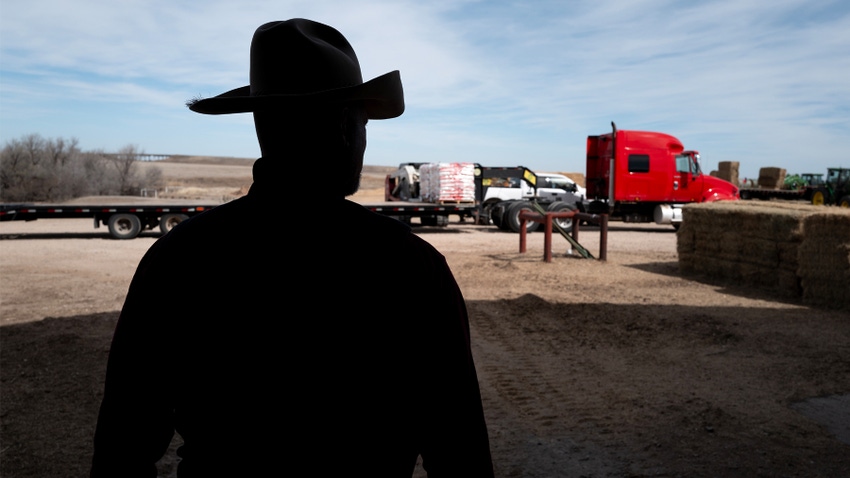
Natural disasters bring out the good — and, unfortunately, the bad — in people.
This spring, the Smokehouse Creek Fire in the Texas Panhandle has burned more than 1 million acres, and the central Nebraska fires at the end of February burned 70,000 acres. Further, conditions are ripe for more across the Plains.
Many farm and ranch families and agribusinesses send help to those recovering from the ashes every year. But we know from past disasters that there are those with less than honorable intentions waiting to prey on those who want to help.
In the past decade of writing about wildfire recovery efforts, I’ve heard a lot of stories of what works and what doesn’t work. Here are four things you should keep in mind if you want to help:
1. Check the organization’s reputation. In the last decade of massive wildfires, cattle producers’ groups like the Kansas Livestock Association and advocacy organizations like the Kansas Farm Bureau have learned how best to respond to disasters and coordinate donation efforts.
In the case of the Texas Panhandle wildfire, the Texas and Southwestern Cattle Raisers Association has a page of local contacts and a button to donate funds at tscra.org/disaster-relief-fund.
If you would like to help wildfire victims in central Nebraska, the University of Nebraska-Lincoln has a link to a page coordinating those donations through local businesses on the ground.
Be careful about phone calls, texts or email solicitations you may receive claiming to be gathering donations for fire victims. And check with your older family members and neighbors to make sure that they’re not being preyed upon by scammers.
2. What’s the most appropriate donation? It depends on timing. In the immediate days and weeks after a wildfire in ranch country, the first need is to help shelter and feed people and livestock.
Trailers of hay and feed are helpful, but be sure to call ahead and have a place to go with those loads before you set out. Be safe in convoys when traveling across state lines and follow all department of transportation rules and regulations. Make sure equipment is roadworthy. And be mindful of active fire zones and the first-responder crews sharing the road with your rigs.
Fencing materials and labor are helpful but, again, check ahead before you set out with a crew of volunteers. Make sure you’re taking that load of fencing materials to the right staging location.
It may sound crass to some, but cash donations can go further. Entities like the TSCRA fund can pool cash donations and make sure that some funding goes to all eligible victims. If you want to help those who lost homes, the American Red Cross and Salvation Army are usually in a better position to make your dollars go further as well.
3. Check with state and local Extension staff. Extension staff are perhaps the best in place to really have a handle on the immediate and long-term needs following a wildfire. Check with the state Extension office, which will often update donation requests and offer official lists of locations accepting feed or fencing materials.
Other reputable agencies that can help direct your donations include the state and local Farm Service Agency offices, the state and local Natural Resources Conservation Service offices, and the state department of agriculture.
4. Be prepared before your volunteer trips. Volunteer help is welcome in the aftermath of a wildfire, but be sure you aren’t adding to the stress of the locals you’re trying to help.
If you have special skills, such as veterinary or construction, check with local coordinators to see where you can best serve victims. Make arrangements for housing and feeding your crew so that you aren’t stressing already limited local resources. Bring appropriate clothing and tools, and make sure crew members are up to the labor and prepared for what they may see.
As one rancher bluntly told me a few years back, “This is not a time for lookie-loos.”
Sometimes the best volunteer help stays at home. Community groups, like 4-H clubs and FFA chapters, may consider hosting activities to gather donations of fencing materials, feed or funds. You also could consider raising funds for your local rural fire departments for equipment and training. Better yet, volunteer to be on your local rural fire crew.
Rural folks pull together when disaster hits because we know that the next disaster could be ours. But it’s important that we do so in a thoughtful manner, so we aren’t being scammed and we are helping where help is needed most.
Read more about:
WildfiresAbout the Author(s)
You May Also Like






